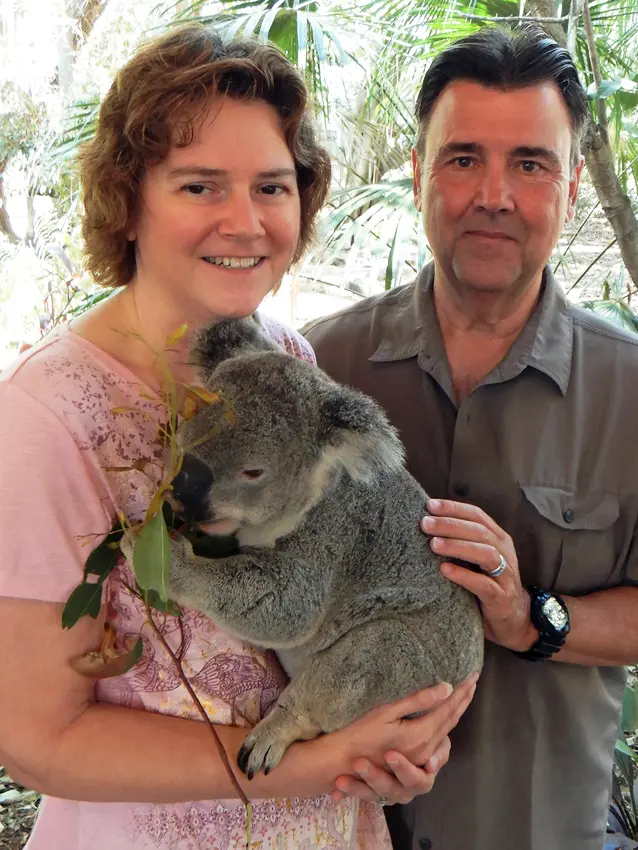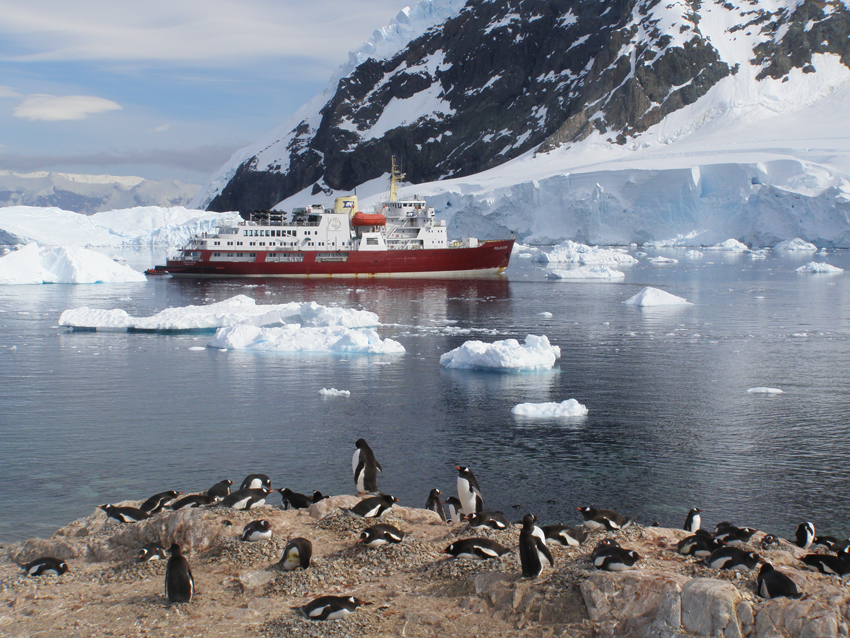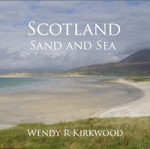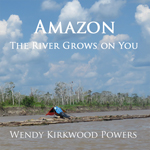Last Updated on March 20, 2023 by PowersToTravel
aka Valeri Grigorov, Tour Guide Extraordinaire (review)
Prior to our visit of Bulgaria, when so seldom prompted to think of Bulgaria, I could only envision husky men, perhaps similar to the Barbarians of the Roman Empire.
Turns out my ignorance was more true to life than I would have expected. True, or just a story told by our guide, the Greeks originally named those people from outside the Greek sphere “Barbarians” due to their unintelligible language. “Baaar-baaar-baaar”-rians.
We were in for it then – four days among the “Barbarians” – and what a fascinating, eye-popping presentation of history and culture we had ever experienced!
We had chosen an eleven-day tour of Romania (our primary destination) with Compass Travel. (Click here for my review). The agency offered a 4 night Bulgaria extension to the tour, which would then terminate in Sofia. That suited us to a “T”, as we intended to fly out of Sofia to Budapest, to start the self-guided portion of our Eastern Europe trip.
Day 1 – Crossing the Danube, Ivanovo to Veliko Tarnovo
Our Bulgaria trip started with the border and river crossing at Ruse, Bulgaria.
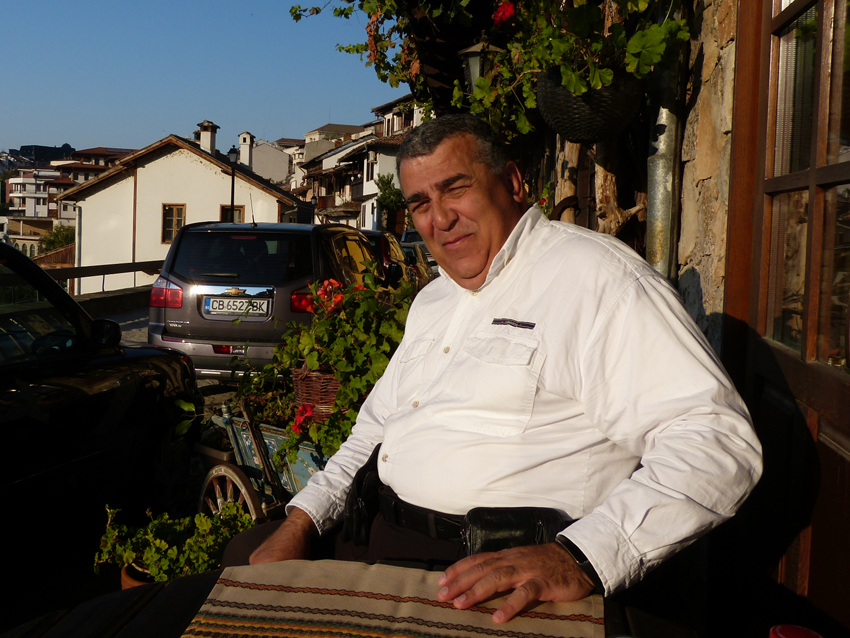
Our Bulgarian guide, Val Grigorov, met us at the hotel/restaurant just on the Romanian side of the Danube. A, dare I say, husky man, he greeted us with such a gentle voice. As he competently drove us he would tell us about the history of Bulgaria.
Occasionally he would ask, “May I tell you a joke?”
“Of course.”
And he would tell us a joke which might last for miles and miles.
Greg will smile at me sometimes and ask, “May I tell you a joke?”
A short drive led us to the cave-monasteries at Ivanovo, a UNESCO World Heritage Site. “No Pictures Allowed”, however we were with Val and he was apparently very well known to the ticket-takers there. His guests were allowed to photograph and I made great use of that privilege. Religious fresco paintings line the rock-hewn caves created in the thirteenth century. Monks retreated into these hills and caves with ascetic vows of silence.
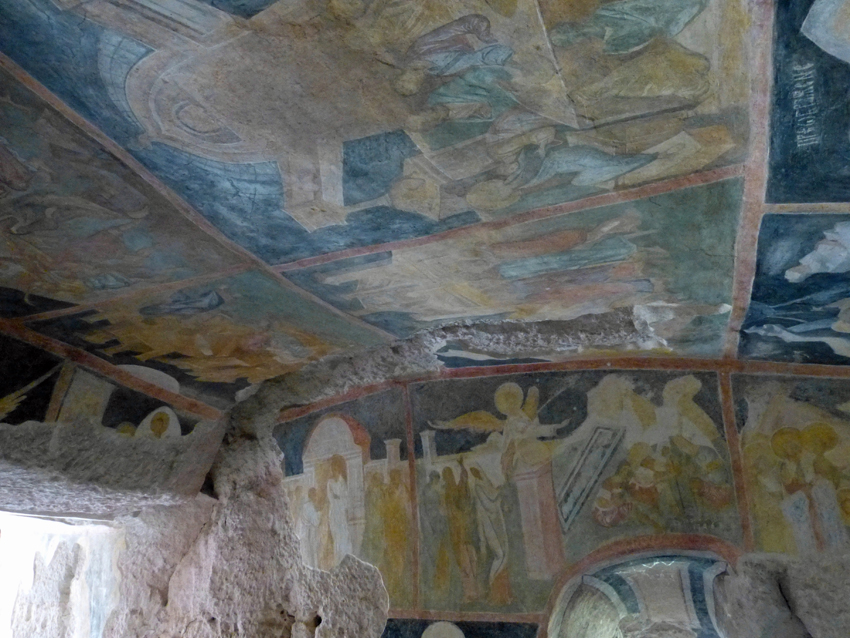
Next we drove over mountains, well, rather large hills, and arrived an hour and a half later at Veliko Tarnovo, a good-sized town with a large historic district set on three hills next to the Yantra River. Historic homes layered the hillside over the river. Up and down, tiny alleyways crisscrossed the historic neighborhood. The sun shone warmly. We were greeted just as warmly by our hosts at the historic Hotel Gurko, where we received a very large and beautiful room.
But what was this, in this land of antiquities?
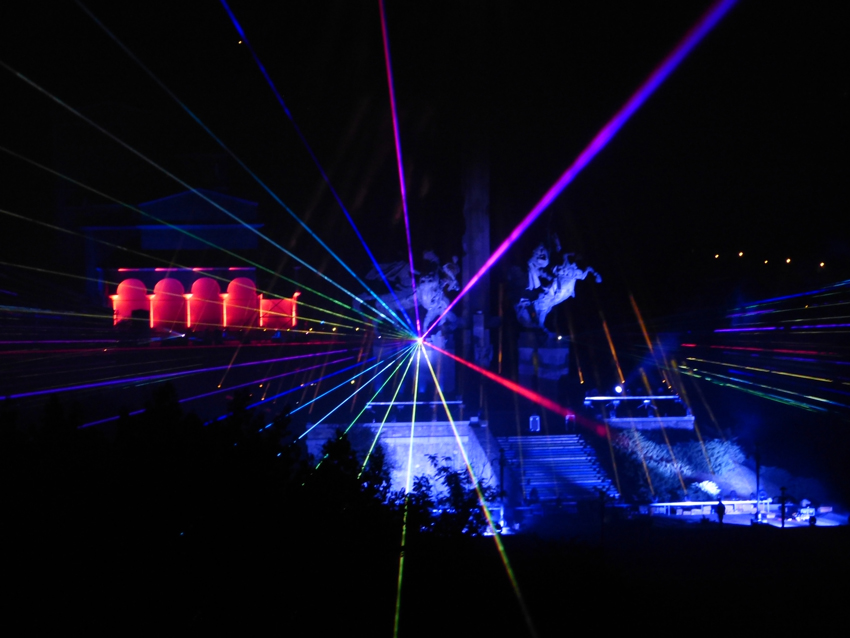
Clearly designed just for us! From our room at Hotel Gurko we had a front-row seat to this amazing spectacle.
We spent only one night, and several hours the following morning sightseeing, and then we were off to the next destination. I would have been happy to spend an entire day wandering the streets, churches, and castles in this scenic town. Later Greg and I would compare our impressions of Bulgaria, and Veliko Tarnovo topped the list for me.
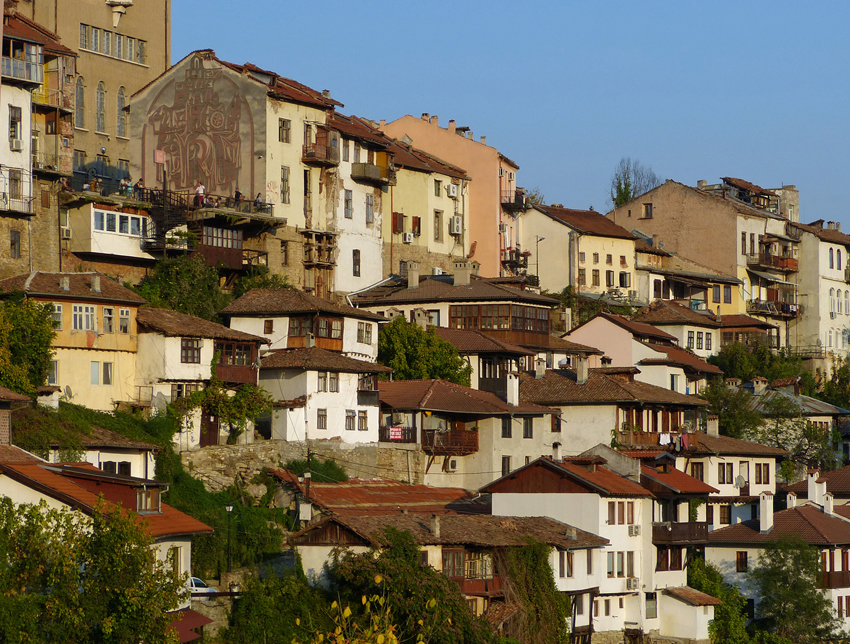
Day 2 – Arbanasi Church, Thracian Tomb to Plovdiv
We started the morning visiting the hilltop fortress of Tsarevets in Veliko Tarnovo. The fortress dates back to the 1100’s to 1400s.
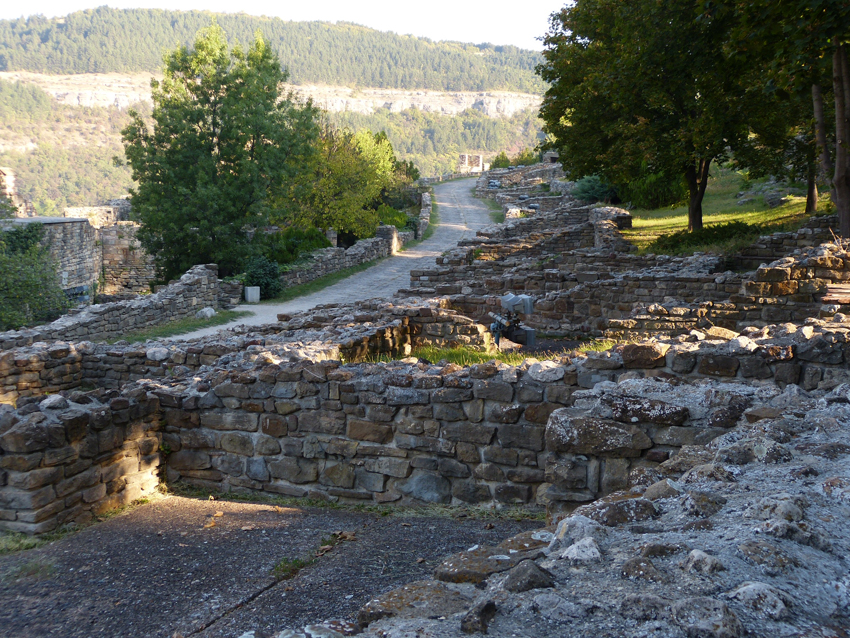
Next on the agenda, the Arbanasi Church of the Nativity. A long shed-like structure hid an amazingly decorated medieval church. We learned about the imposing of Ottoman law on the Eastern Orthodox church, and why this church was so unprepossessing on the outside. We learned a great deal about the evolution of Byzantine religious art as detailed information from our guide Val was indispensable in understanding these historic sites.
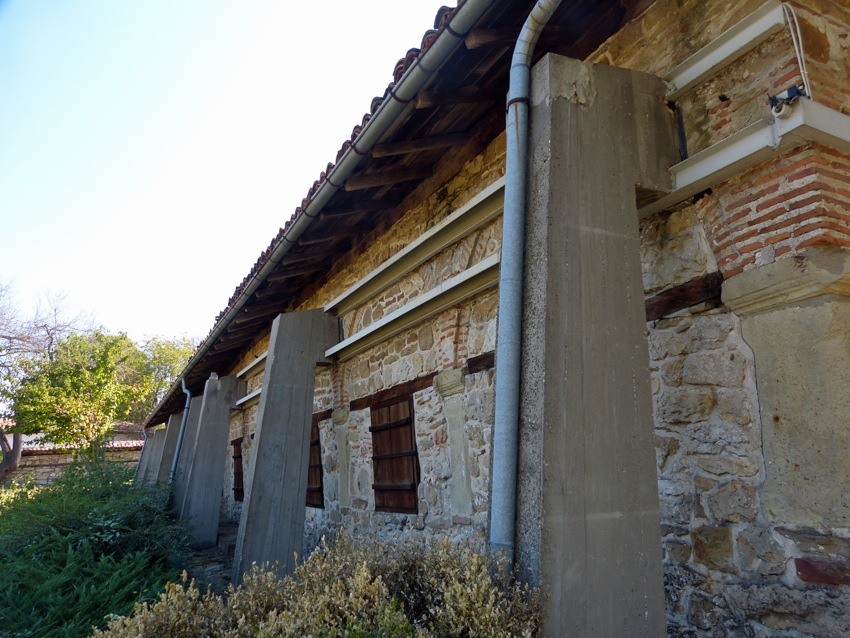
The Thracian Tomb of Kazanlak set the clocks back even further in history – to the 4th century BC! We have not yet visited Greece and I believe this is the earliest historical monument or building we have ever seen. Certainly the word “Thracian” gave me the chills, in the same way I was impacted by seeing the Visigoth Church in Idanha a Velha in Portugal. You can be sure I’ll be thinking about this for a while, trying to come up with an earlier site that we might have seen! Hmmm, Stonehenge? It’s from just about the same time period.
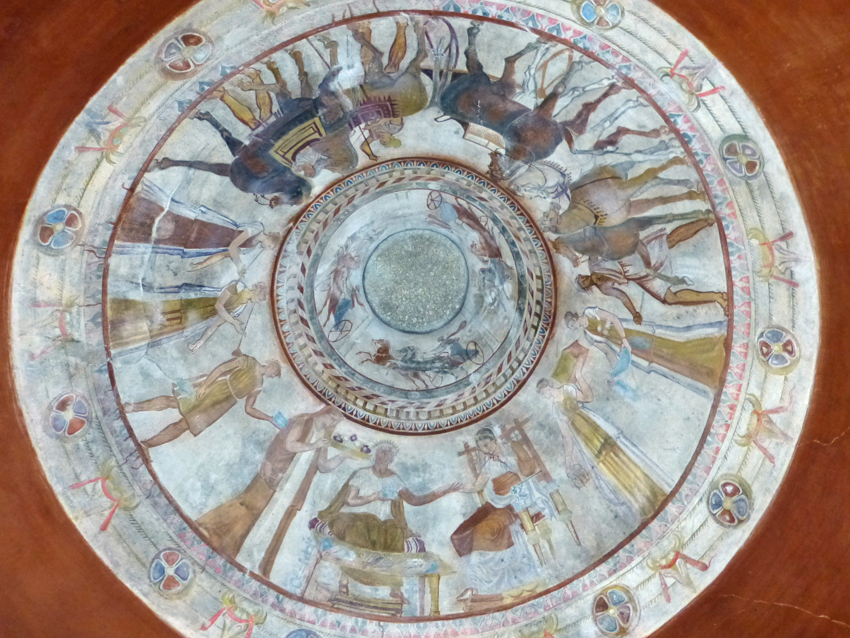
Visitors can step into a re-creation of the tomb with its colorful frescoes depicting a funeral feast. The actual tomb is next door and entry into it is not allowed, in order to preserve it.
Onward we drove to Plovdiv, a bustling town whose town center is suspended over an excavated Roman ruin. Named the Cultural Capital of the EU for 2019, the culture seemed to just pop out of everywhere! We walked among the rows of an ancient Roman amphitheater, still in use. We strolled on the pavement of a downtown outdoor “mall” area, while looking down into the foundations of the Roman city below.
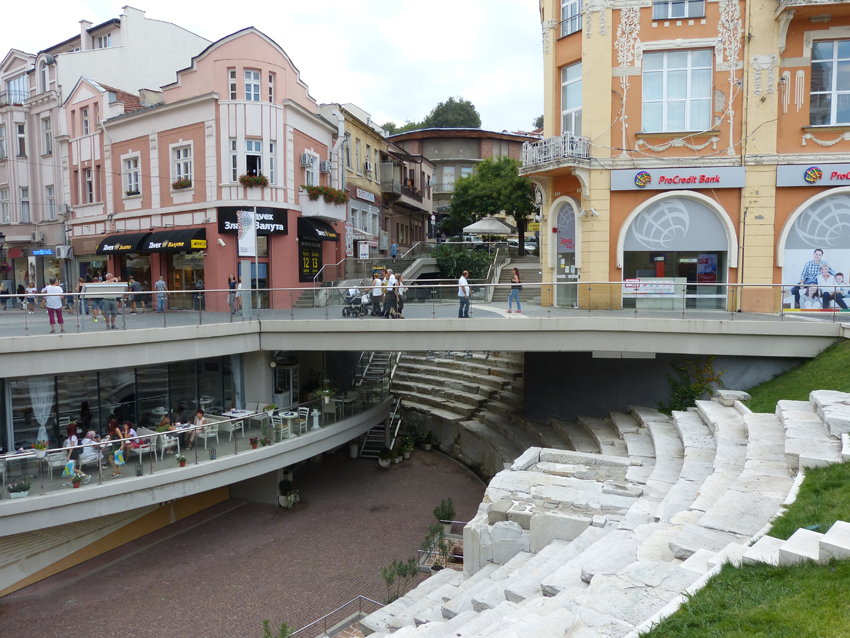
We stayed at the Renaissance Hotel, in the Old Town, and strolled, and climbed! the cobblestone streets. Thracian, then Greek, Roman, medieval, and lastly Bulgarian Revival architecture of the 19th century all vied for our attention. Once again, more than an overnight stop is warranted here. This city hit the top of the list, for Greg.
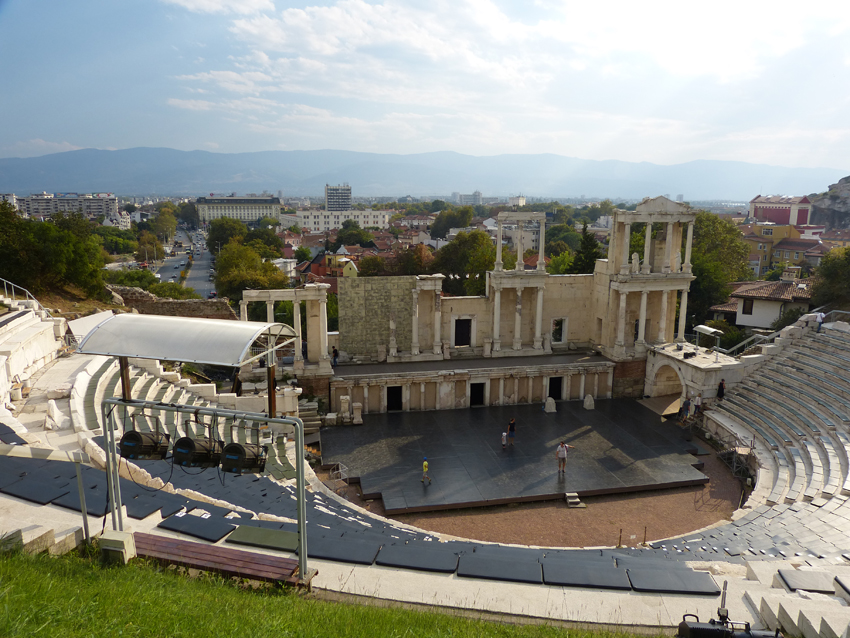
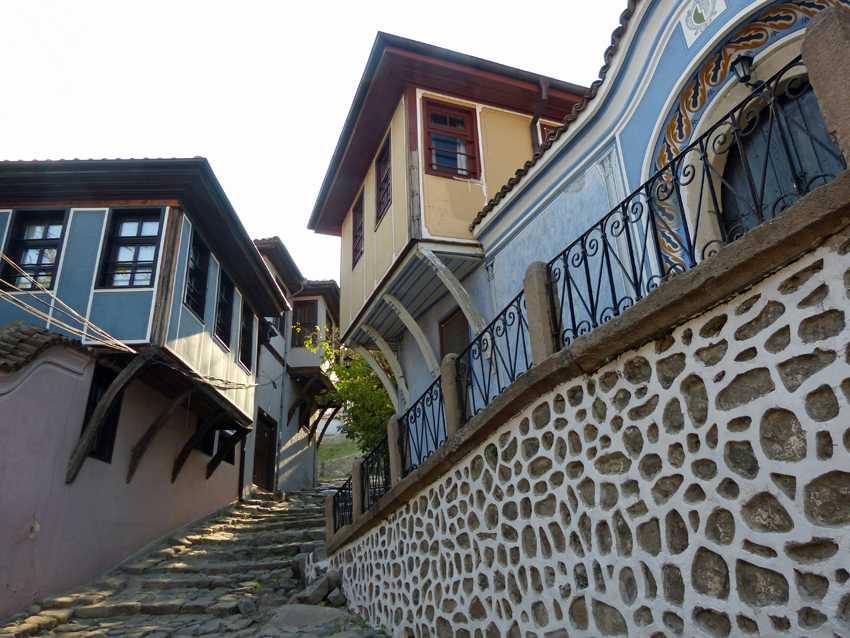
Day 3 – The Rila Monastery and on to Sofia
Geographically, Plovdiv and the Rila Monastery are located on what seems to be two spokes of a wheel, with Sofia at the center. A major highway connects Plovdiv and Sofia, and another highway connects Rila Monastery to Sofia. But to connect Plovdiv and Rila Monastery? One must either go around the barn, or travel on secondary roads, up over some significant hills. The agent had chosen the mountain route, to give us the best view of Bulgarian countryside. Motion-sickness-me struggled a bit with this ride. Prior to, and even during the trip we had not studied the map at all. If, while transversing the mountains, l had know that the highway route from Plovdiv to Sofia to Rila Monastery actually took less time, I don’t know I that I could have coped!
Rila Monastery itself is the most important cultural and historic symbol of Bulgaria. The monastery itself is named for its founder, Ivan of Rila, and dates back to the 9th century. Some of the buildings in the complex actually date to the 14th century, and many others from the 19th century.
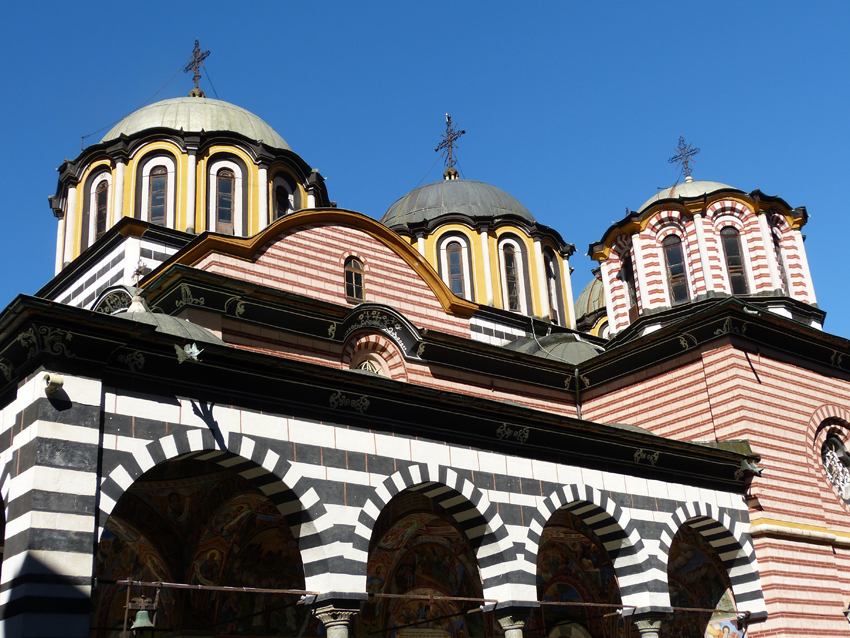
We arrived in Sofia in late afternoon, and stayed at the Rosslyn Thracia Hotel. Located just one block from the main pedestrian mall area, it was ideally located for us to spend several hours that evening checking out the center city area, and having dinner.
Day 4 – Around Sofia
We started at the Sofia Synagogue, the third largest Synagogue in Europe. The color of the interior was breath-taking.
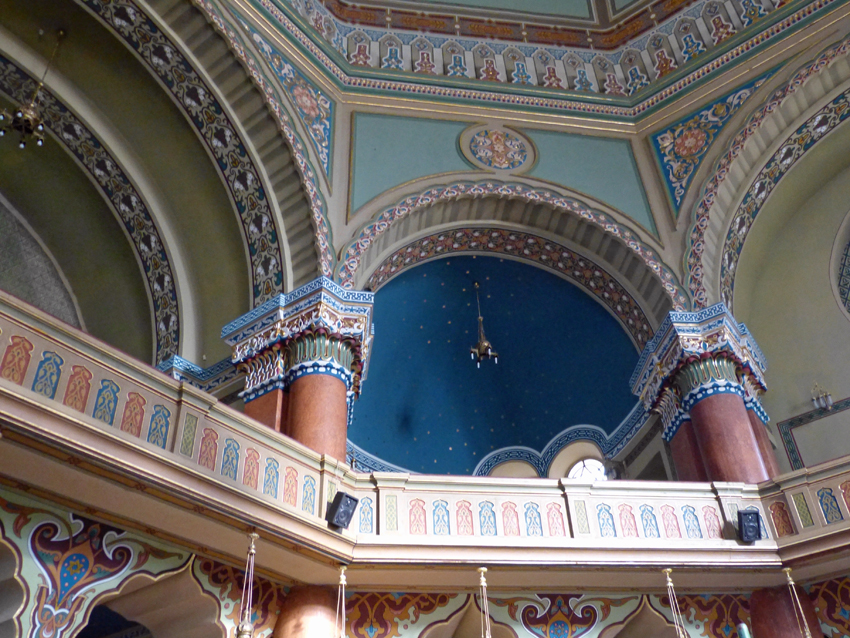
We stopped at the Cathedral St. Alexander Nevski, a huge downtown cathedral dedicated to the great military hero of Russia and Russian soldiers of the Russo-Turkish War, in which Bulgaria obtained independence from the Ottoman Empire. It’s one of the largest Eastern Orthodox cathedrals in the world.
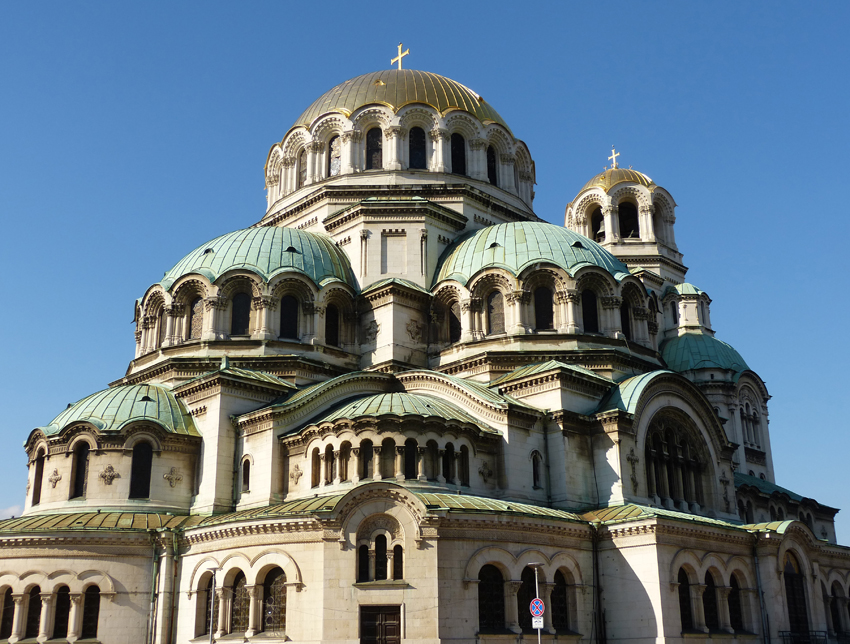
From there Val drove us a bit out of town to Boyana Church, another UNESCO World Heritage Site. Due to its small size, only ten people or so can enter the small church at a time and may stay for only 10 minutes. One single busload could delay us for more than an hour, so Val made sure we made it to the church early in the day. We weren’t allowed to take pictures, so I was forced to buy the colorful paperback book. It’s a good thing, because I can’t remember any of the art!
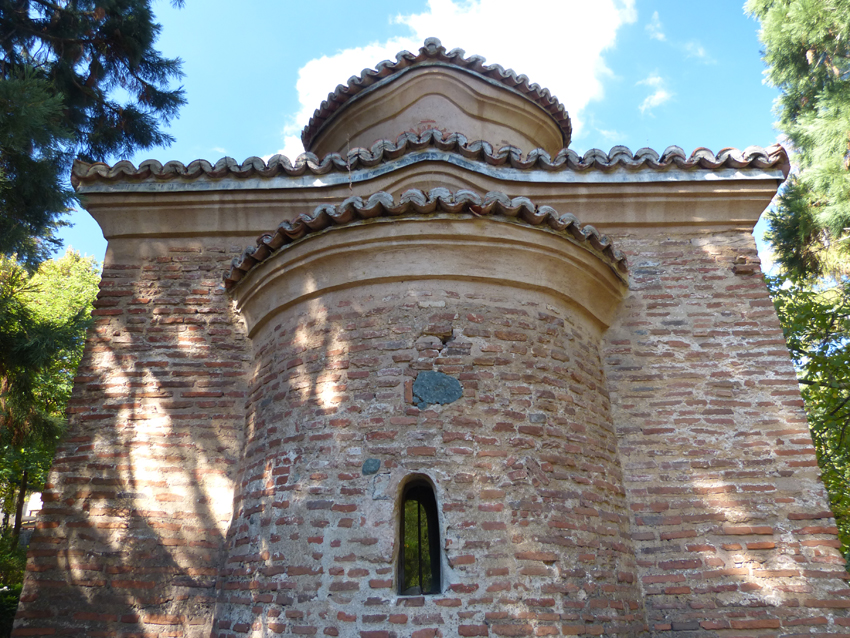
Near the Boyana Church is the National History Museum. Chock full of treasures and art, this museum would have been a great choice for a rainy day. However, the sun was out and weather beautiful. Since our trip was private, with great apology I begged our guide to let us go! Go, as in go back to downtown Sofia so that we could wander the historic center and take pictures. I feel he may be disappointed in me, that I discarded great knowledge in favor of digital pictures. Nonetheless, we excitedly set forth in the sunshine along Boulevard Tsar Osvoboditel (say that five times fast!).
Among the beautiful buildings we saw Banya Bashi, a mosque dating to the 1500s, located over and near many thermal springs. We did wander the streets and parks nearby, seeing people filling their flasks and large containers with the boiling water spewing from free fountains.

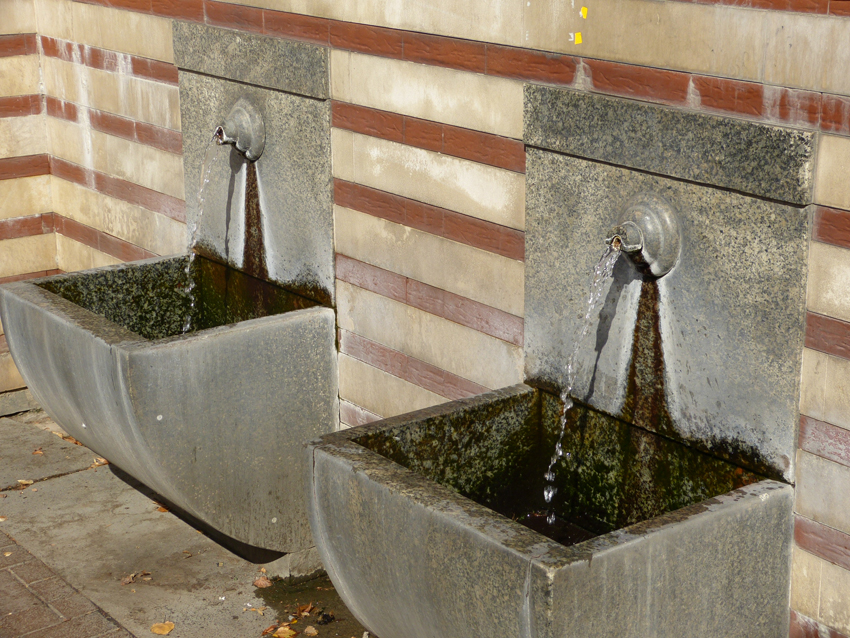
We strolled the streets suspended above archaeological digs, similar to Plovdiv. We wandered in open-air underground passageways over the digs as well.
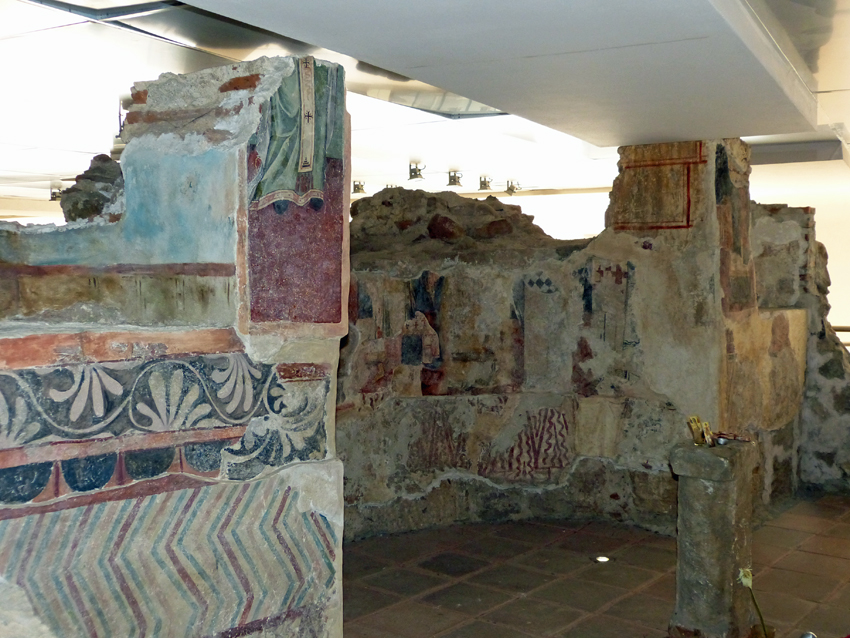
We stopped at Sveta Peta, an ancient church, for a quick picture, and paused by the St George Rotunda church. We strolled down past the Russian Orthodox Church
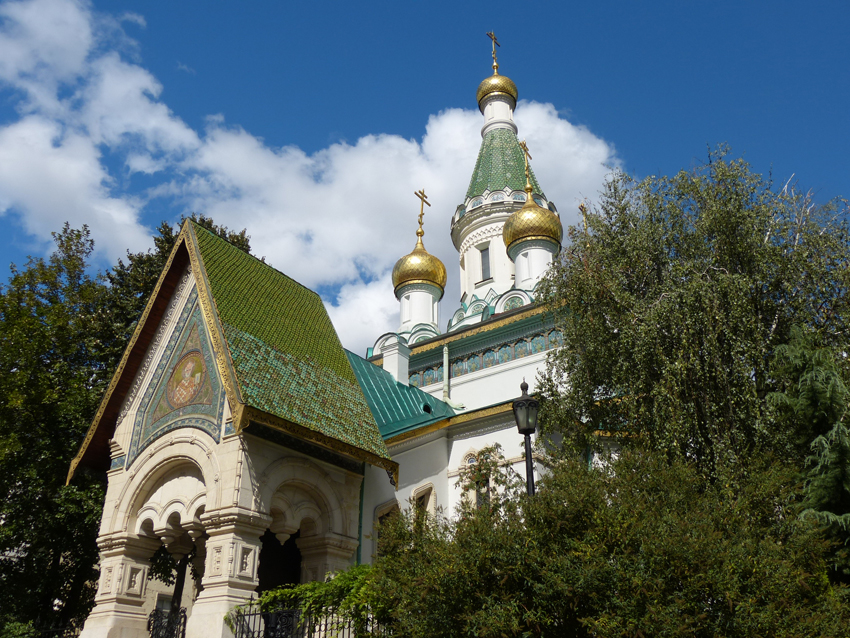
and spent some time at the Knyazheska Gardens, with its powerful Soviet-era statues.
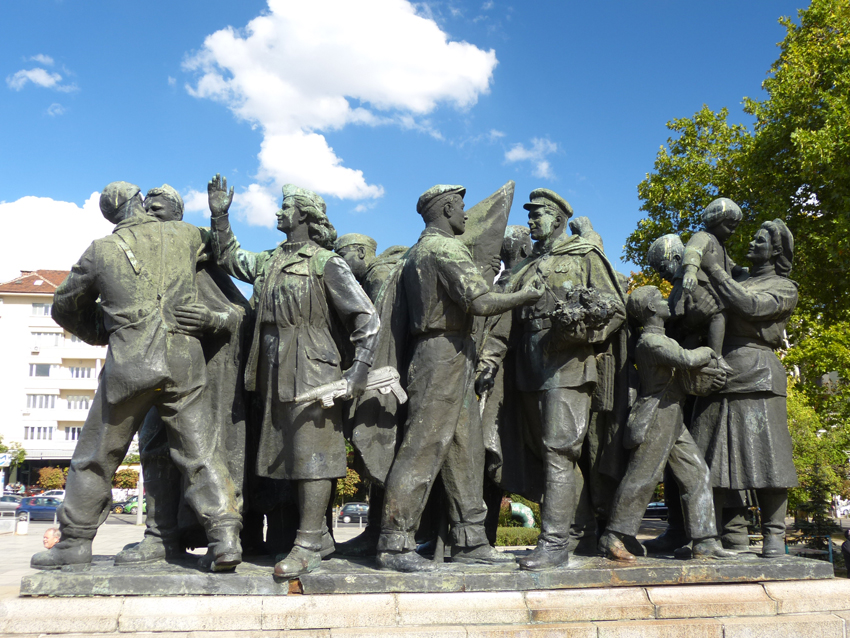
Such an amazing display of history in just over 1 mile of walking in Sofia.
Bulgaria was such a juxtaposition. Our Romanian guide, Iulian, a somewhat “poor” nation among those of the European Union, seemed to resent the intrusion of the EU. He seemed to feel that the EU was sucking the Romanian life-blood, like a Dracula!
Val, our Bulgarian guide, portrayed a very different view of a “poor” nation in the EU. He seemed so grateful for the subsidies, and investment made by the European countries in his Bulgaria. He was so proud of the many, many antiquities he could show us.
I was sad to leave, and felt we had not done it justice, in choosing to visit for only four days. Greg has asked me, “What countries have we have visited that you want to return to because you feel you have not gotten enough of it?”
An easy answer is “Bulgaria!”
Links
- Hotel Gurko
- Renaissance Hotel
- Rosslyn Tracia Hotel
- I don’t have a web link for Val Grigorov but I do have his business card. Contact me if you would like it!
Check out this article of mine too:
Bulgaria Travel Blog – Itinerary, Reviews and Diabetic Travel Tips

